Quintessential winter flowering, we love the grace of hellebores in the garden or on balconies and terraces. In full winter cold and grey days, they bring incomparable magic and gentleness. The beauty of their flowers comes in many colours and varieties that appear in increasing numbers each year to the delight of collectors. They are, like hardy geraniums, very easy plants to grow.
But for maintenance, should you prune their evergreen leaves? And their flowers? We explain why it is important to do so.
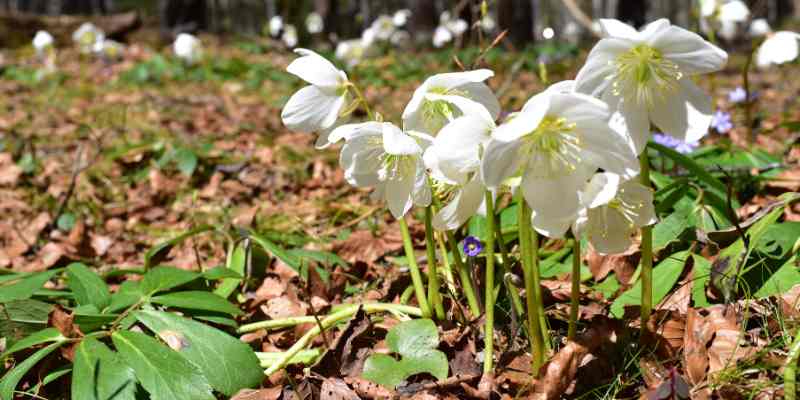
Why pruning hellebore leaves?
This encourages new shoots from the base of the plant and therefore vigorous growth, the plant being stimulated by this pruning. It also produces much tidier, neater plants and makes their flowers stand out far more. Freed of old foliage, often damaged or yellowed, the appearance of clumps is greatly improved.
Their flowering is above all enhanced, which is important because hellebore flowers tend to nod towards the ground. It would be a shame not to help them a little. By carrying out this light pruning, you also remove the parts of plants most likely to become infected and thus prevent potential fungal and parasitic diseases from spreading.
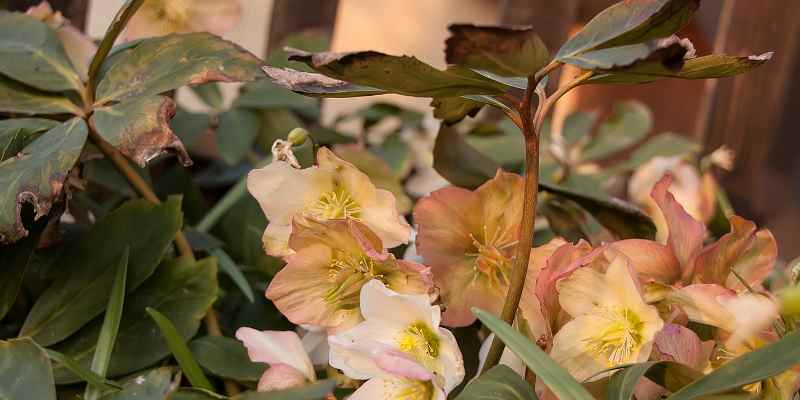
When and how to prune?
Work at the start of winter, from December (this can even be a little earlier depending on region and mildness of autumn), and until January. At that time you can spot the flower buds that poke above the soil.
Cut damaged or withered leaves at the base. Take care not to remove the flower buds that are barely emerging from the soil. Identify all dead and diseased leaves. Using a sharp pruning shear (or a small saw) disinfected with alcohol, cut these stems right at soil level.
Until late winter you can continue to tidy clumps by cutting dry or stained leaves back to the base, especially on oriental hellebores. Hellebore begins to produce fresh new foliage: at this time new shoots start to appear and it is easier to distinguish old leaves from new. Pruning at this time allows you to clean the plant before the new growth season.
N.B.: if you notice signs of disease on stems or foliage, do not hesitate to cut them out whatever time of year. Do not put these leaves in the compost, because hellebore is often affected by black spot disease or, worse, hellebore black death.
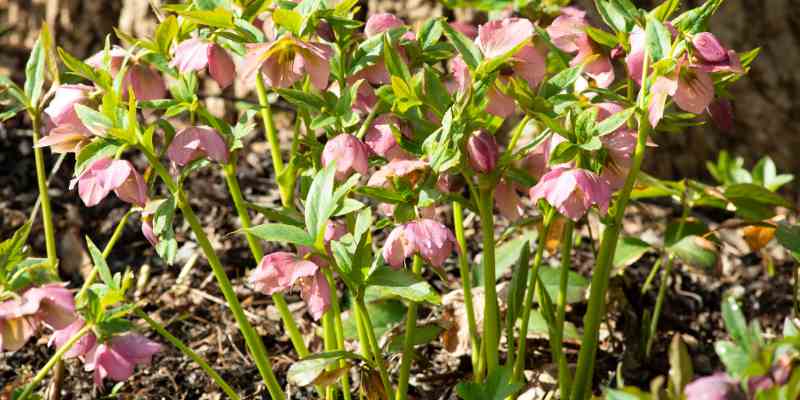
What about the flowers?
It is useful to remove faded flowers at the base of hellebores so as not to unnecessarily exhaust the plant. Pruning flower stalks keeps the clump tidy for summer months and stimulates growth of new leaves. Once flowers have finished, between April and June depending on species, prune the flowers down to the base of their stalk. This will prevent the Christmas rose or hellebore from self-seeding excessively and from the parent plant being overrun by unwanted seedlings.
However, do not do this if you specifically want some seed to disperse, bearing in mind that these self-sown hellebore seedlings will take several years to flower and will generally not match the parent plant in colour.
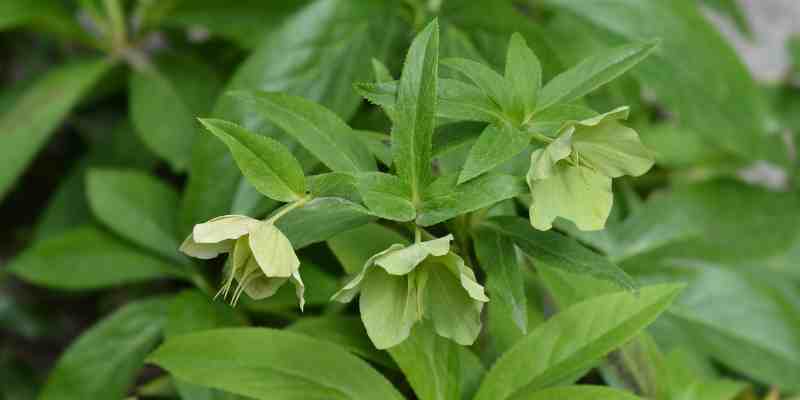































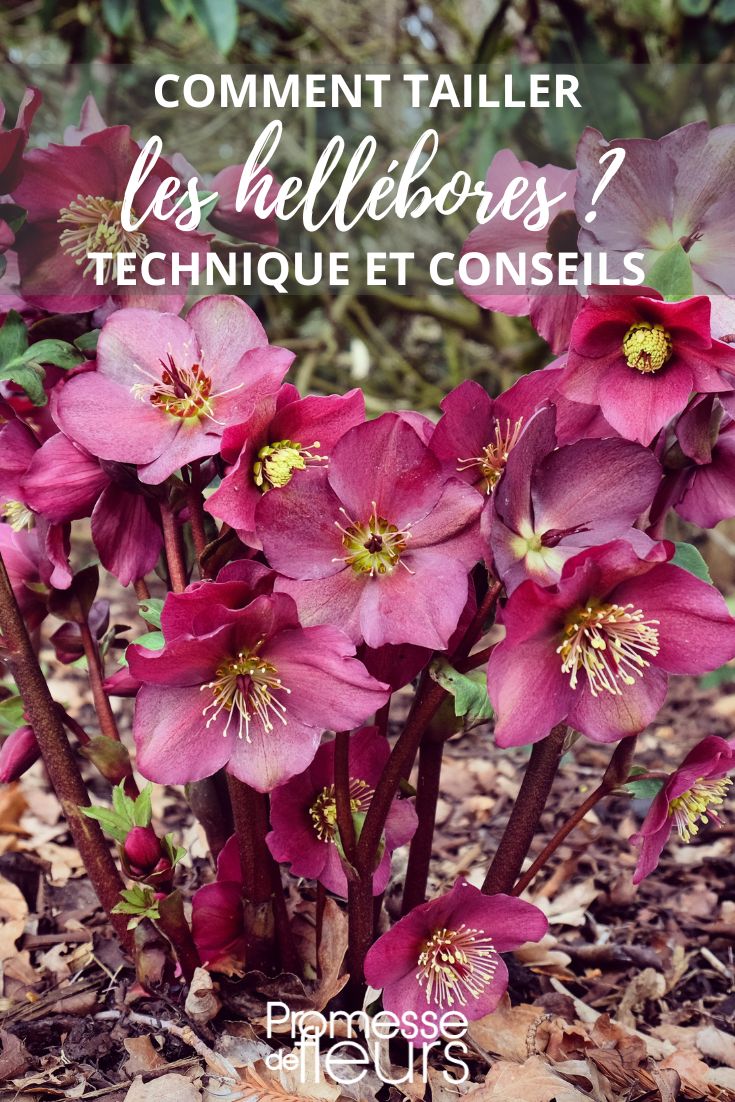
Comments